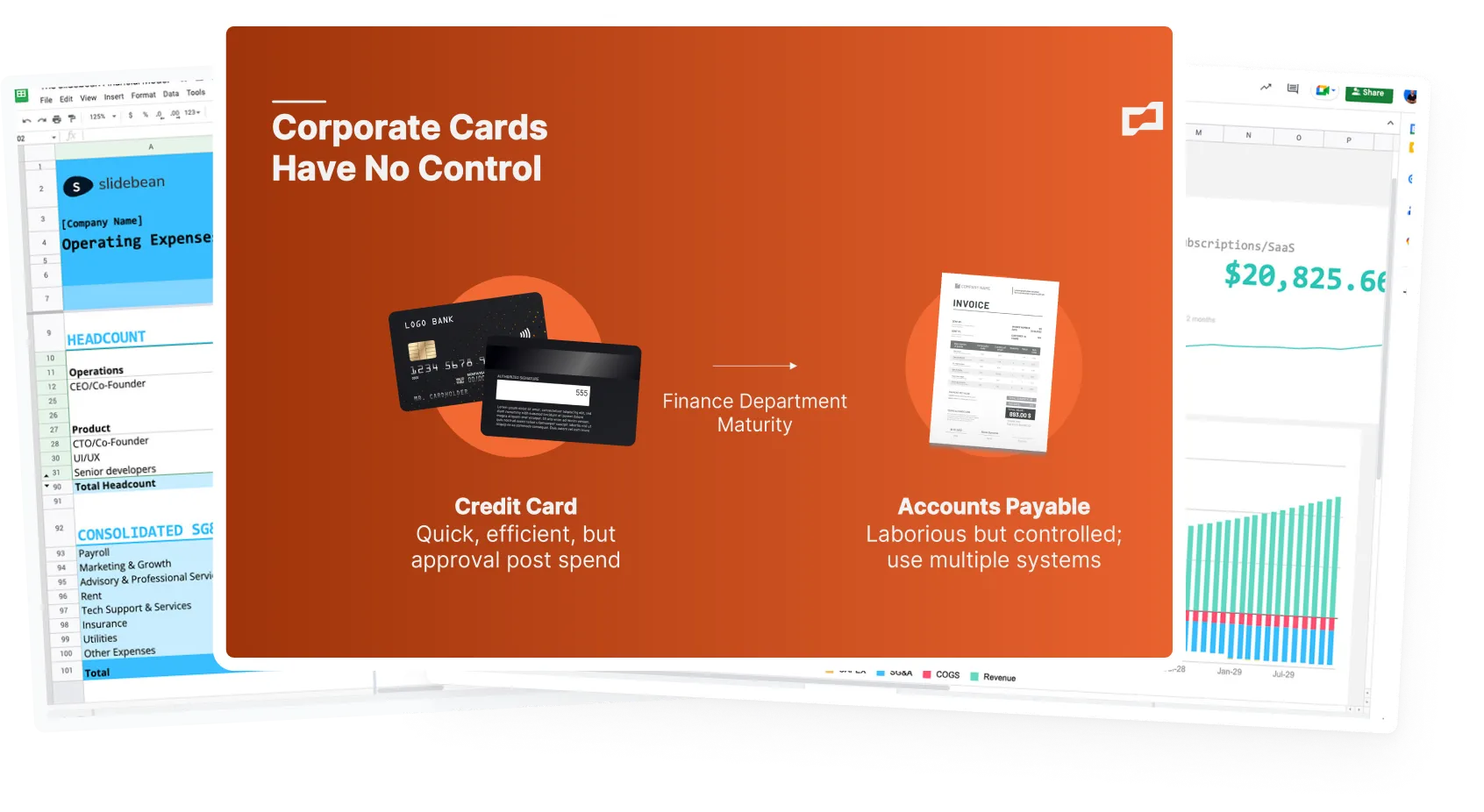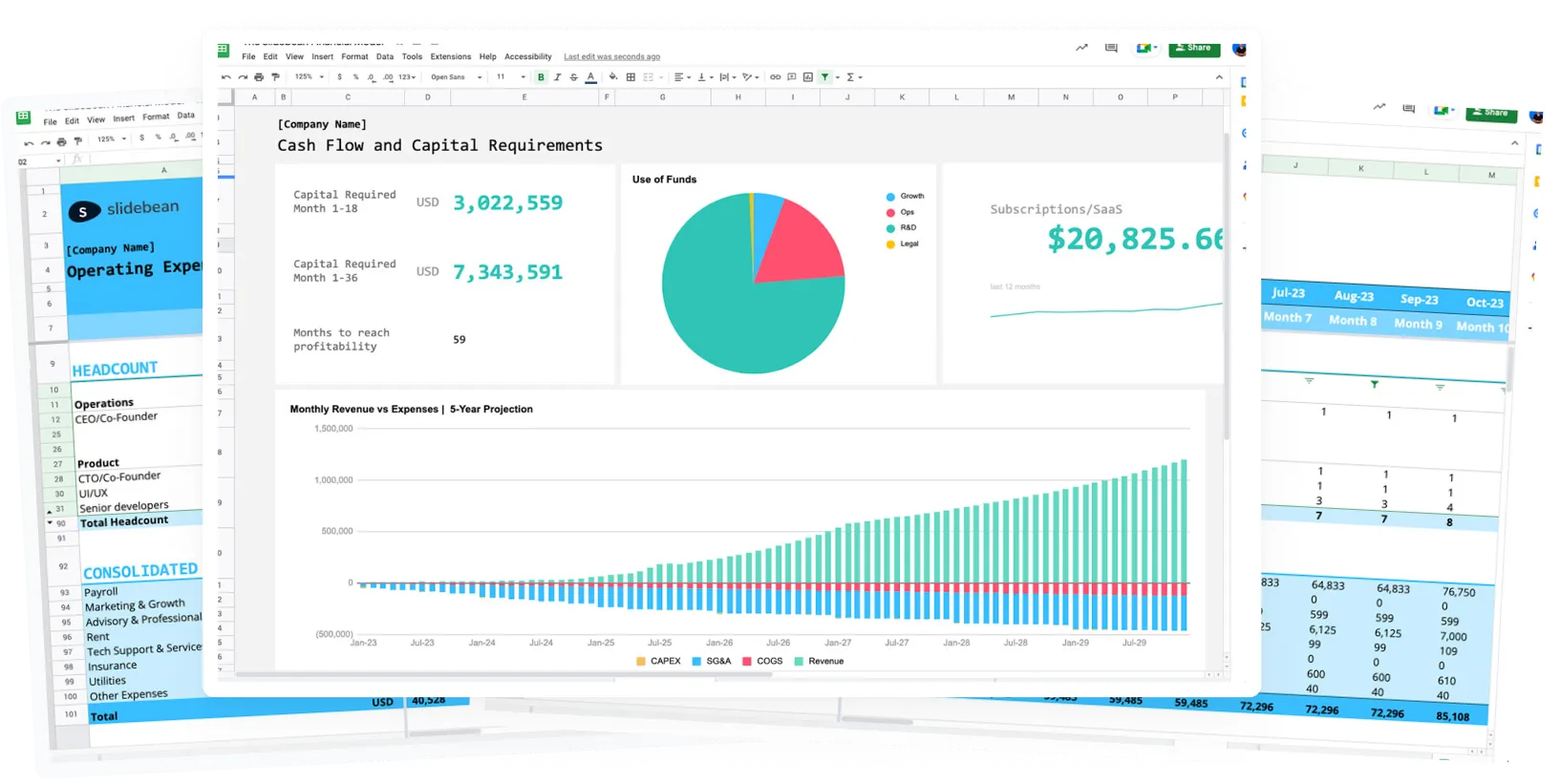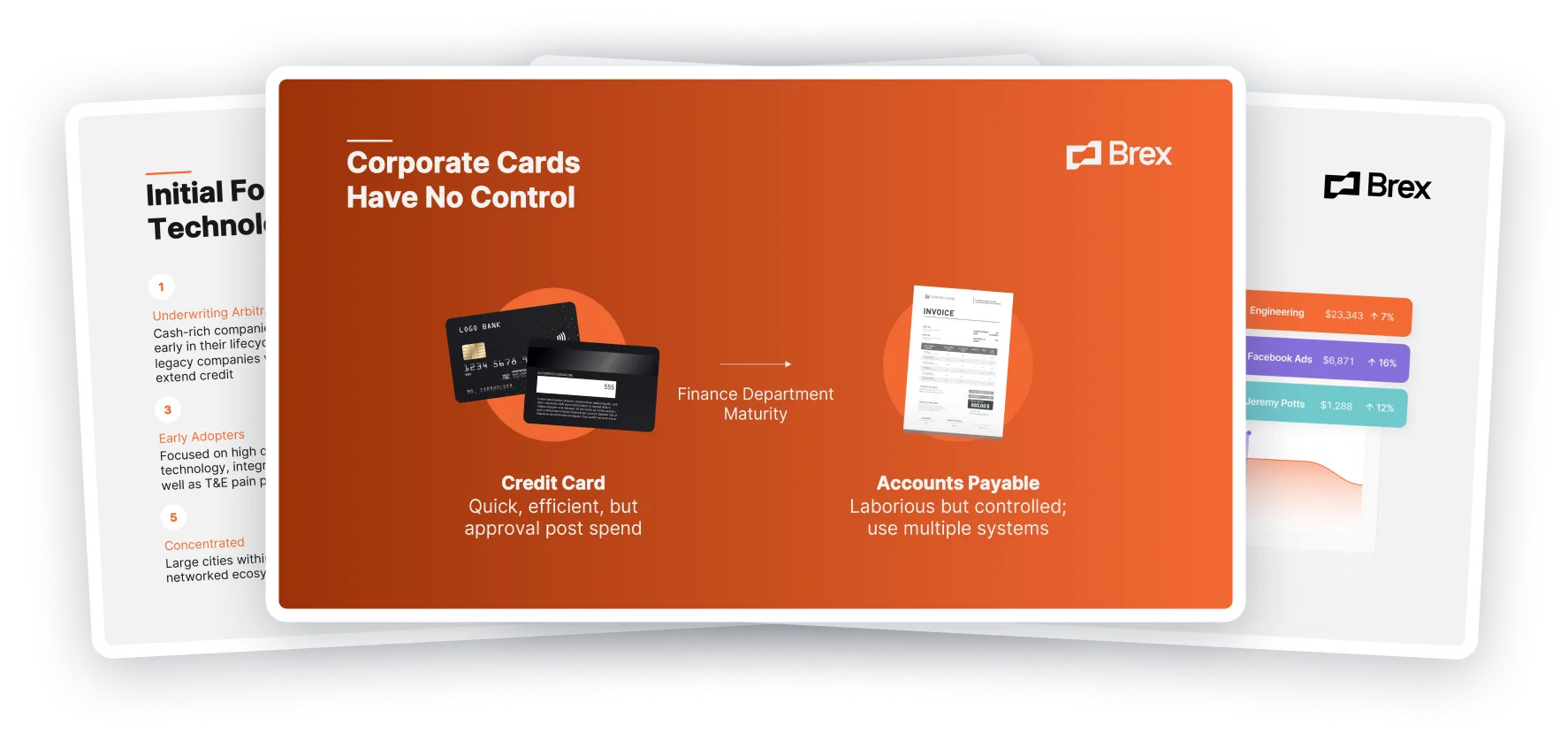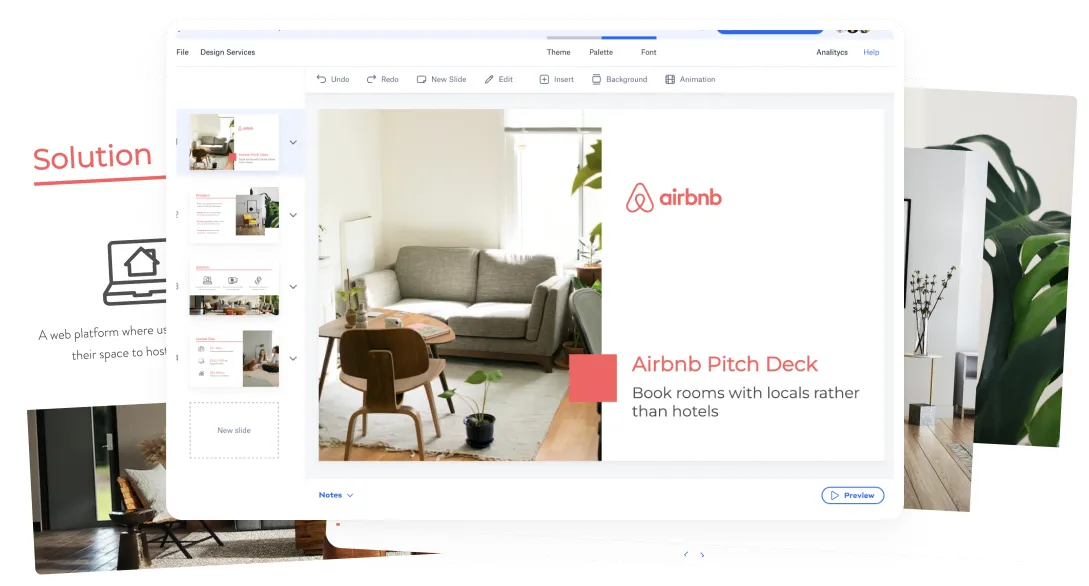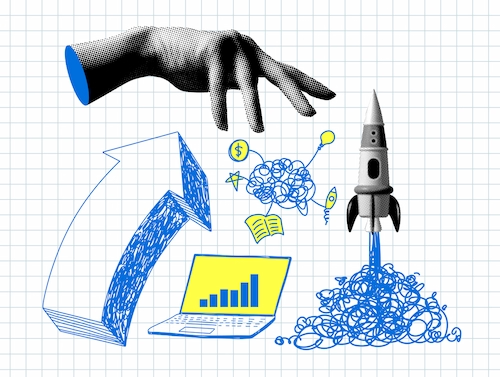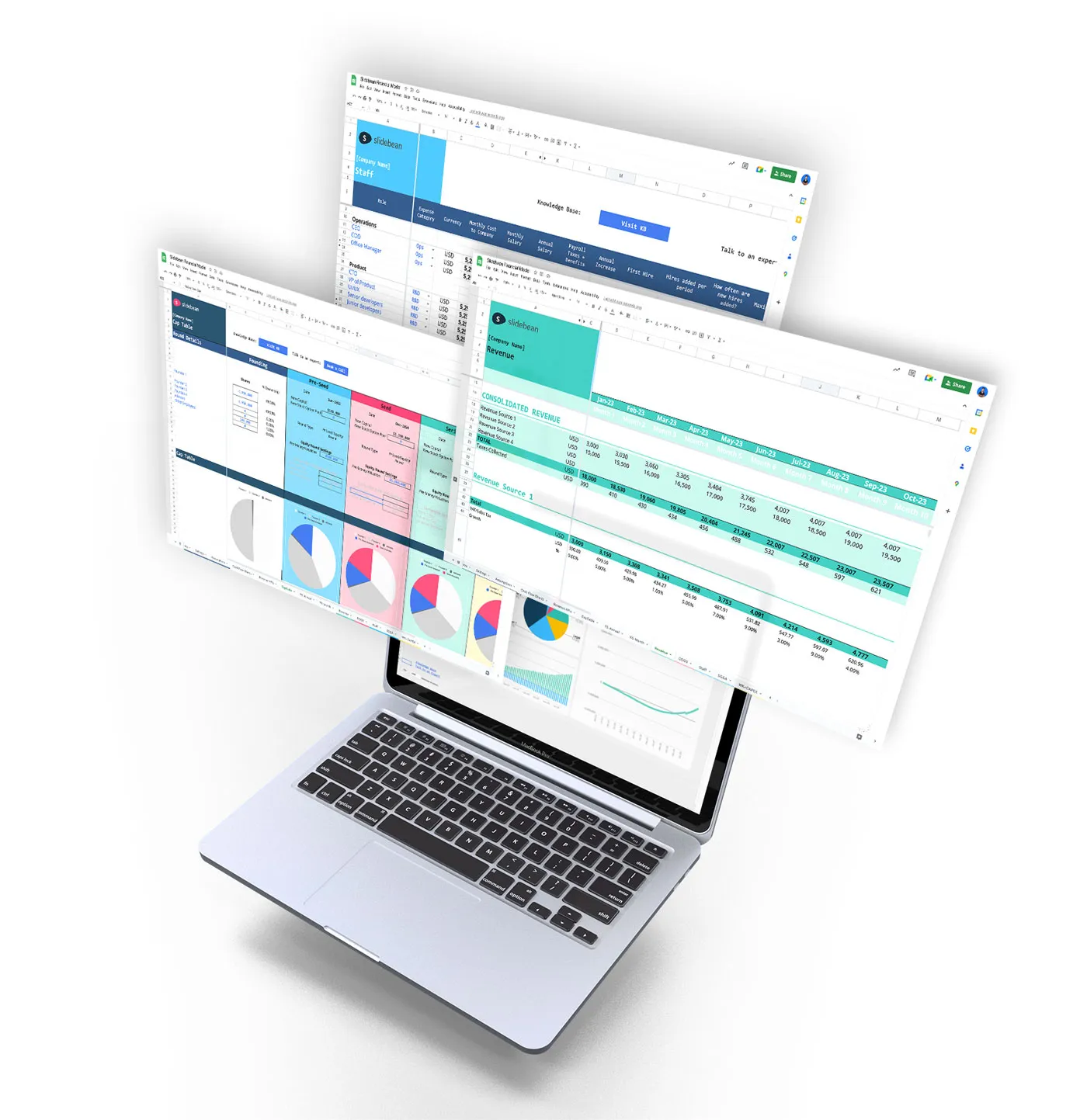Customer Acquisition Cost (CAC): The Simple, Hard Truth for SaaS
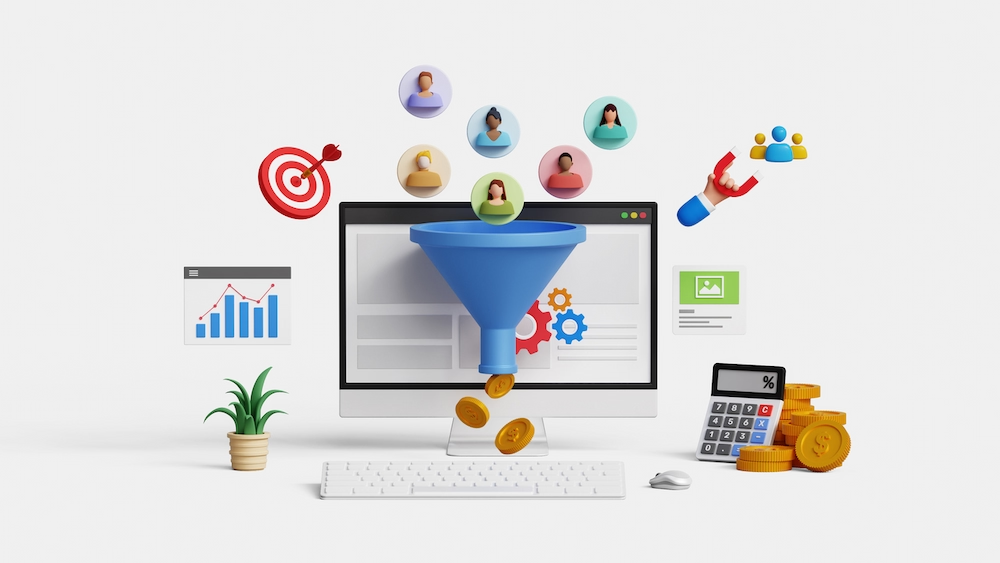
TL;DR
- CAC = total Sales & Marketing (S&M) spend ÷ new customers for a period. Track blended, paid, and fully loaded versions.
- Aim for LTV:CAC ≈ 3:1 and CAC payback < 12 months to keep growth fundable.
- PLG/free trials can lower CAC; pricing and onboarding materially shift it.
- Cut CAC by fixing ICP, conversion, and channel mix, then model it forward (not “hope” it down).
The problem in plain words
Founders love top-line growth. Investors love efficient growth. CAC sits between them. It tells you how much it costs to add one new customer—including salaries, tools, and campaigns—not just ad spend. Use it to plan realistic growth and to decide where to put the next $1.
Why you should care
Two numbers frame most fundraising conversations: LTV:CAC and CAC payback. A ~3:1 LTV:CAC says your model creates value; <12 months payback says you get cash back quickly enough to reinvest without endless dilution.
How to calculate CAC (the clean way)
- Blended CAC: (All S&M costs ÷ all new customers) big-picture view.
- Paid CAC: (Paid-channel costs ÷ customers from paid) marginal cost of paid growth.
- Fully Loaded CAC: includes salaries, tools, contractors, and allocated overhead for S&M, your truest unit economics.
Pro tip: Agree company-wide on which costs go where, and measure the same way every month. Inconsistent CAC is worse than a high one.
What “good” looks like
- LTV:CAC ≈ 3:1 is a widely used benchmark. If you’re at <2:1, you’re likely overspending or churning too fast. If you’re >5:1, you may be under-investing in growth.
- CAC Payback < 12 months is a solid rule of thumb for early-stage SaaS.
Make CAC better this quarter (sequenced, so each step powers the next)
Start by tightening your ICP to the smallest group that converts and retains best; name the firmographics and pains precisely, then cut any segments that don’t meet those two bars, because clarity on “who” sets up how you fix “how.” With the right audience locked, fix conversion leaks before buying more clicks—shorten forms, clarify pricing, speed up pages, and smooth onboarding—since a cleaner funnel turns the same traffic into more customers and lowers CAC without extra spend.
Once the path to purchase is smoother, let the product sell by adding a free trial, usage-based starter, or in-app upgrades, because a self-serve motion turns improved conversion into cheaper acquisition and shows where humans should still step in. With PLG doing part of the lift, break out channel-level CACs (paid search vs. paid social vs. partners vs. content) and map them to LTV by segment, so you can chop any combo with payback beyond your limit and reallocate budget to the channels your new funnel actually favors.
If CAC remains stubborn after reallocating, reprice or repackage to lift ARPU and gross margin (simplify tiers, introduce annual prepay, or add usage add-ons) because a slightly higher, cleaner price can pull payback under 12 months without touching ad spend. With pricing tuned and paid spend disciplined, invest in compounding channels like SEO, content, community, and referrals, since their slower start is offset by lower blended CAC in later months, which then lets you feed paid again—on better terms.
Need a tailored CAC/LTV/payback model? Our Financial Modeling Services can build or audit your SaaS model and stress-test scenarios before you scale spend.
Metrics that matter (track monthly)
- Blended CAC, Paid CAC, Fully Loaded CAC (definitions above).
- CAC Payback (months) = CAC ÷ (ARPU × Gross Margin). Target <12.
- LTV = ARPU × Gross Margin × (1 ÷ monthly churn).
- LTV:CAC ratio (goal ~3:1).
- Activation-to-paid rate (trial → paid).
- Expansion % (net revenue expansion boosts LTV).
Counterpoints & risks to watch
- A 6:1 LTV:CAC isn’t always “great.” It often means you’re leaving growth on the table; if every $1 returns $6, you can usually buy more customers until payback approaches your comfort limit (e.g., 12–15 months), so scale budgets in controlled steps and watch CAC/payback weekly.
- Attribution gets murky in long, multi-touch journeys. Ads, content, partners, and sales all touch the same deal, so last-click makes liars of good channels; pick one attribution rule (first-touch, time-decay, modeled) and stick to it, then validate with cohort analysis over time.
- Don’t mix cadences when calculating LTV and payback. Pairing annual billing with monthly churn inflates LTV and makes CAC look prettier than it is; keep apples-to-apples (annual with annual, monthly with monthly) and document the rule in a shared metric glossary.
- PLG can mislead if you celebrate signups instead of revenue. Free trials and freemium lower friction but also attract tourists; track activation, trial→paid, ARPU, and gross-margin payback, and fix onboarding before pouring more traffic into the top.
- Channel efficiency changes as you scale. The first dollars buy the cheapest clicks; the next dollars hit worse inventory and creative fatigue, so recompute CAC and payback by channel monthly, cap drifters, and rotate budget to higher-intent segments or fresh creatives.
Founder takeaway
Treat CAC like rent: fixed, relentless, and only tolerable if every new customer pays it back fast.
Closing note
Your CAC isn’t a mystery, it’s a math problem tied to choices you control: audience, pricing, funnel, and channels. If you need a second set of eyes, we can help you model scenarios, set guardrails, and dial CAC down without killing growth.
Appendix
Key definitions
- CAC (blended): All S&M costs ÷ all new customers in period.
- Paid CAC: Paid media & related costs ÷ paid-sourced customers.
- Fully Loaded CAC: Blended CAC plus allocated overhead (tools, rent for S&M, legal for promos).
- LTV: ARPU × Gross Margin × (1 ÷ monthly churn).
- CAC Payback: Months to recover CAC from gross profit. Target <12.

